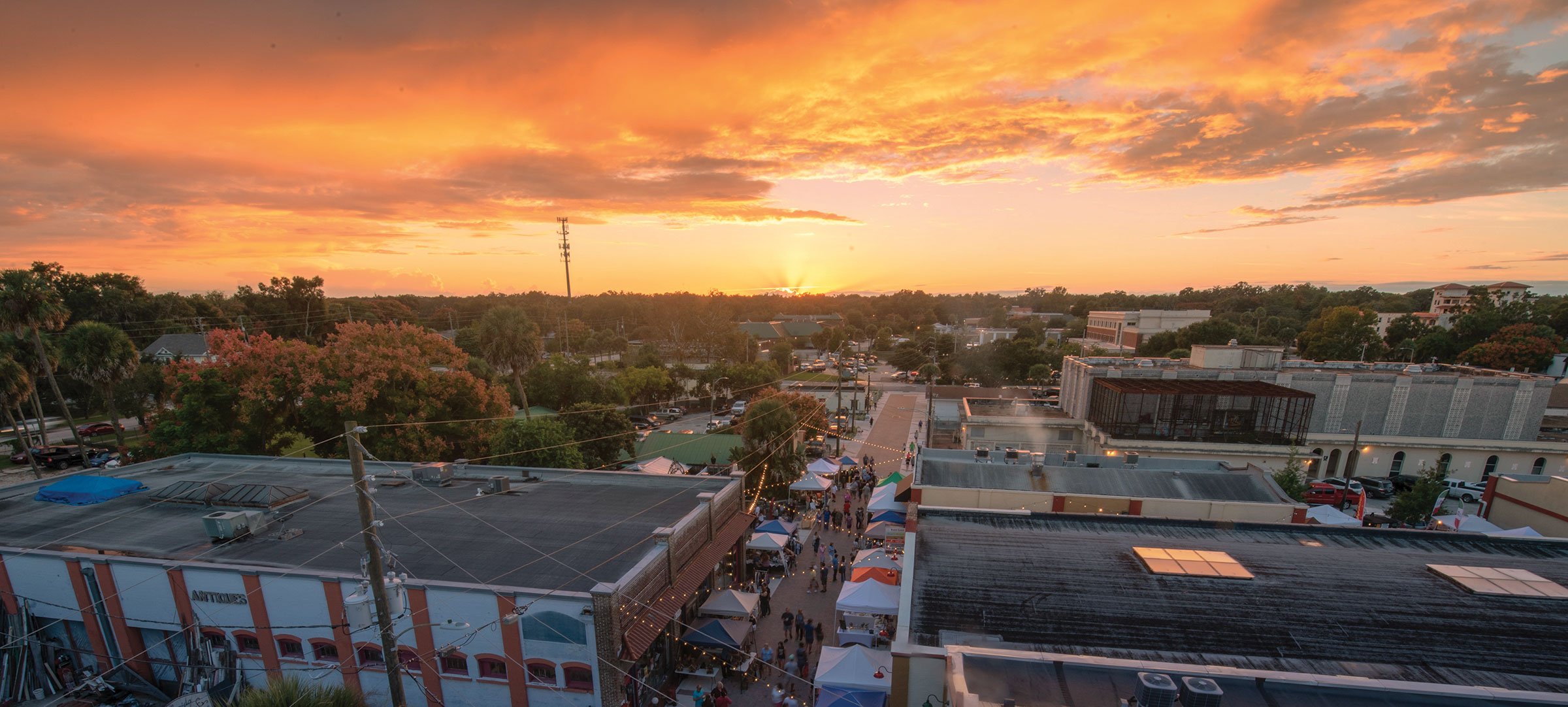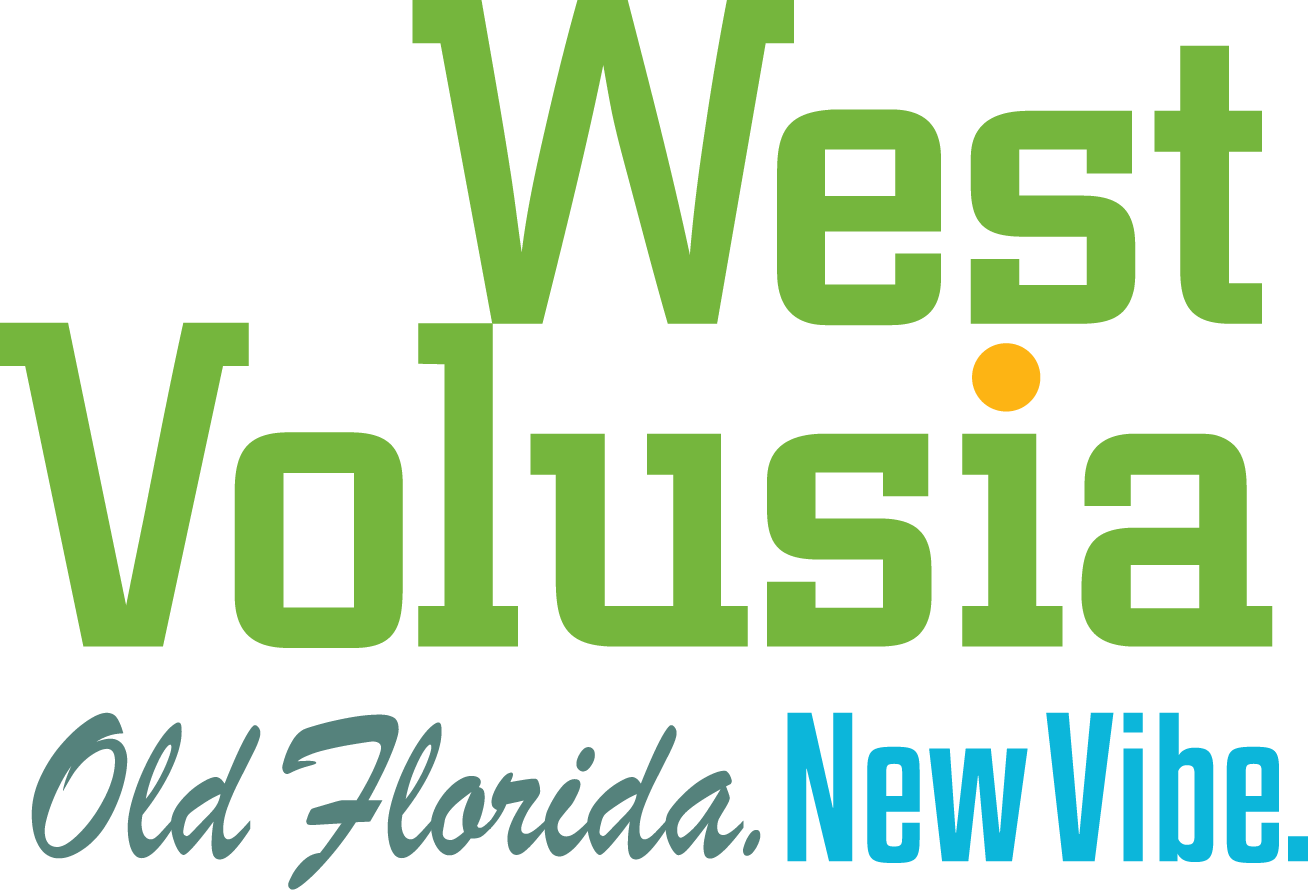
Communities
CONVENIENTLY LOCATED BETWEEN ORLANDO AND DAYTONA BEACH. .
The West Volusia County Region encompasses 14 distinct communities along the St. Johns River, I-4 and US-17/17-92.
-

Astor
Once known as Volusia, Astor, was one of the region’s first settlements established on the St. Johns River. Today it is a popular fishing community, home of several marinas and fishing resorts nestled along the St. Johns River.
-

Barberville
Barberville was established in 1763 as a trading post on the west side of the St. Johns River. The community is home to the Pioneer Settlement for the Creative Arts, a living history museum, Volusia Speedway Park and Barberville Roadside Yard Art & Produce novelty market, offering a cornucopia of unusual items.
-

Cassadaga
Visitors to this village, 25 miles southwest of Daytona Beach, are immediately struck by the calm and tranquility that permeate this community of practicing spiritualists. Designated a Historic District on the National Register of Historic Places in 1991, the Cassadaga Spiritualist Camp is the oldest active religious community in the Southeastern United States.
-

DeBary
Named for Frederick DeBary, a wealthy wine importer from New York, the city of DeBary is situated in the southwest portion of Volusia County. The community is proud of the recently restored DeBary Hall Historic Site, which is now open to the public. Nearby Gemini Springs Park offers visitors a wealth of outdoor activities centered around the twin natural springs. Both locations also serve as trailheads for the popular multi-use Spring to Spring Trail. A full spectrum of arts exhibitions and performances are offered at the Gateway Center for the Arts.
-

DeLand
When Henry A. DeLand laid the foundation for the city that would bear his name, he envisioned a center of culture, education and beauty like the Athens of ancient Greece. DeLand, the Athens of Florida, is the cultural, spiritual and educational hub of the greater West Volusia region. Home to Stetson University and the Museum of Art-DeLand, the city provides a full slate of cultural offerings. DeLand’s national award-winning Main Street DeLand features an eclectic mix of boutiques, antique shops, restaurants and gift shops. The city is bordered to the west by the historic St. Johns River, recently designated an American Heritage River. For 100 things to do in DeLand visit www.discoverdeland.org. DeLand was recently named the winner of the America’s Mainstreet Contest and has been featured in Where To Retire Magazine several times! Many people ask where they can park when visiting Historic Downtown DeLand. Parking in DeLand is free. More information, articles and videos about DeLand can be found at VisitFlorida.com or in our Photo and Video Galleries.
-

DeLeon Springs
DeLeon Springs was named for the famous explorer Ponce DeLeon who discovered “La Florida” in 1513. Although he did not discover the springs, legend and folklore claim that he came to Florida on a search for the mythical Fountain of Youth. The springs are now part of DeLeon Springs State Park, which offers a wide variety of water-based and outdoor activities as well as the charming Old Spanish Sugar Mill Restaurant. DeLeon Springs is also home to Lake Woodruff National Wildlife Refuge and Spring Garden Ranch Training Center, a site of year-round harness and trotter horse training.
-

Deltona
Deltona is Volusia County’s newest and fastest growing community. The area is rich in Hispanic culture that is celebrated by year round festivals. Adjacent to the Deltona Regional Library, Lyonia Preserve protects sizable scrub habitat that is home to a growing population of gopher tortoises and the endangered scrub jay as well as many other Florida species of wildlife and native plants. Lyonia Preserve Environmental Center offers the opportunity to explore the areas ecosystems through hands on displays, and also featuresan amphitheater, gift shop and cafe.
-

Enterprise
The community of Enterprise was founded in 1841 on the shores of Lake Monroe as a steamboat port and served as the first Volusia County seat. The area was also the site of the historic Brock Hotel, a popular destination for early visitors from the North who sought the ‘healing waters’ of Green Springs. Today the community is a designated National Register Historic District with active involvement by members of the Enterprise Preservation Society. A leisurely drive along Lakeshore Drive offers breathtaking scenic vistas of Lake Monroe.
-

Glenwood
Founded in 1872 by developer George Norris, Glenwood was originally called Spring Garden. A large sawmill owned by the Bond Lumber Company employed most of the town’s residents. The area is now primarily residential. Grand Avenue, running through the heart of the community, evokes the feeling of being transported back in time with canopies of moss draped live oaks.
-

Lake Helen
Henry A. DeLand established the community of Lake Helen, named after his own daughter, in 1883. Lake Helen is a National Register Historic District. Stately historic homes and charming churches nestled along tree-lined streets lend Lake Helen a special Southern charm. The Lake Helen Equestrian Center as well as parks and trails provide family-friendly recreation for residents and visitors.
-

Orange City
Orange City was founded in 1874 by Dr. Seth French. Today the city is best known for Blue Spring State Park, Manatees by the hundreds flock to the warm spring waters during the winter months. The park also offers a narrated river cruise, swimming, snorkeling, canoe and kayak rentals, picnic facilities, concession stand and camping areas.
-

Osteen
Osteen’s landscape remains largely rural with a hundreds of acres of county conservation lands, offering eco-tourists a variety of recreational opportunities and bountiful wildlife watching.
-

Pierson
Pierson was established in 1842 and is best known for the ferns grown and exported worldwide for use in floral arrangements and other decorations. The area’s ferneries have earned the community the distinction of ‘Fern Capital of the World.’
-

Seville
Established in 1885, Seville was formerly known as the “Tangerine Capital of Florida” but today is better known for its ferneries and remains rural and agricultural. It is home of the Historic Seville School.
